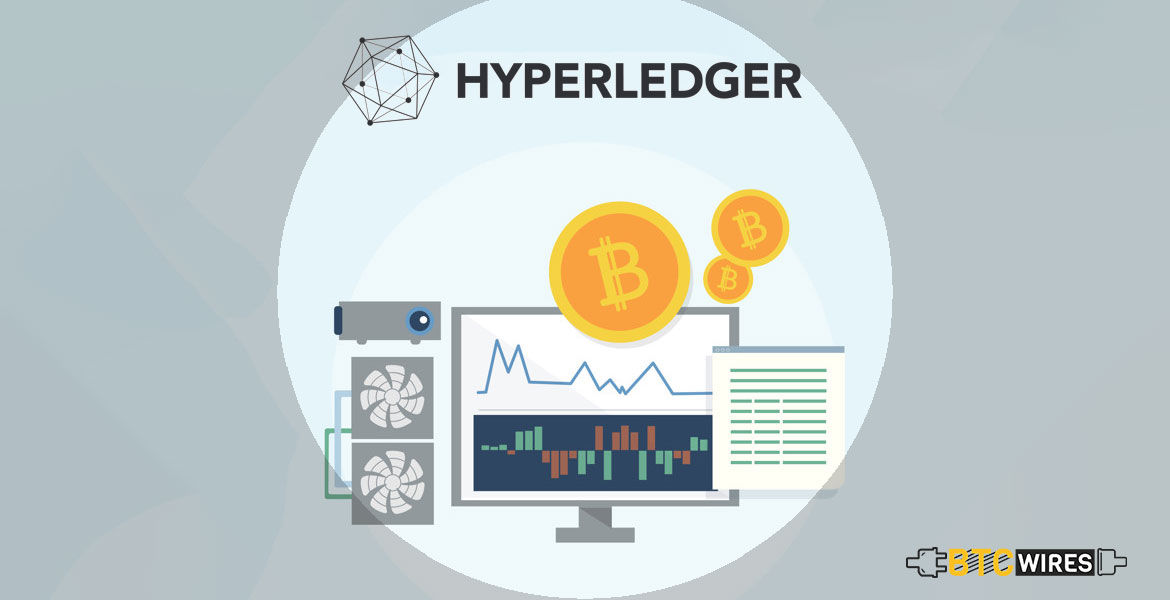Hyperledger Fabric has been all the rage in the world

Hyperledger Fabric has been all the rage in the world of blockchain tech of late, despite the fact that it does not even support virtual currencies such as the bitcoin. It has been embraced by tech and mobility behemoths and the list of adopters is a long one, ranging from Airbus all the way to JP Morgan. Clearly, there’s an X-factor that renders the hyperledger fabric an imperative part of the modern tech scene.
What is Hyperledger Fabric?
Entities, organizations or companies that are trying to collaborate in moderate to large numbers set up a permission-based blockchain network. This very network is known as the hyperledger fabric. The companies that are collaborating to form this network are known as its “members”.
How does a Hyperledger Fabric work?
The members can introduce their peers entities, and their employees within the blockchain network and the new joiners have to be configured with the requisites like the Certificate Authority. Client organizations are also a part of the same network and transaction invocation requests flow from clients to peers introduced by member entities. The technology feature that is required for the initiation of the transaction invocation request is known as Chaincode, which acts a lot like the blockchain smart contracts on the Ethereum blockchain. For every channel they’re working on, every single peer maintains and enjoys access to a single, distributed ledger. Even though all of them can access the same database, the peers have varying roles and responsibilities. Let’s have a look at how 4 different kinds of peers work to keep the hyperledger fabric running.
Endorser Peer in Hyperledger Fabric
Once the transaction invocation request is raised by a client node, the endorser peer must immediately double-check if the requester has acted according to its assigned role and if all certification is in order. By doing this, they essentially serve as the validator for this transaction. They also assume the responsibility for the execution of the Chaincode. Only the endorser peer needs the Chaincode.
Anchor Peer in Hyperledger Fabric
Anchor peers serve the purpose of spreading updates and information to other peers who are a part of it. There may exist secret channels between certain peers for private transactions but when an anchor peer is on it, its anchoring status is clearly visible to everyone.
Orderer Peer in the Hyperledger Fabric
This is the pivotal channel for communication within the Hyperledger Fabric ecosystem. This peer is responsible for block creation and its delivery to other peers, ensuring that everyone can access the same version of the distributed ledger. For implementing the task of the orderer peer, either Solo or Kafka models can be used.
What are the steps in the operation of Hyperledger Fabric?
Firstly, a participant initiates the transaction invocation request.
Secondly, a client-application communicates this request to the Endorser Peer.
Thirdly, the Endorser Peer carries out its validation function and execution of Chaincode function. It then communicates an update on its implementation and validation to the client application.
Next, the client application passes on an approved transaction to the next peer in the pipeline, the Orderer Peer.
After receiving it, the Orderer Peer updates the blockchain database with the new data.
Finally, as these updated blocks of information are forwarded to Anchor Nodes of the different participating companies, the Anchor Nodes communicate the information contained in the blocks to the peers within their respective native organizations. The individual peers within member organizations then update their own ledgers to match it with the distributed ledger, leading to the synchronization of all of them. To understand the kmcrediinc impact of this technology, make sure to read out artucle “The Revolution That is Hyperledger”.

